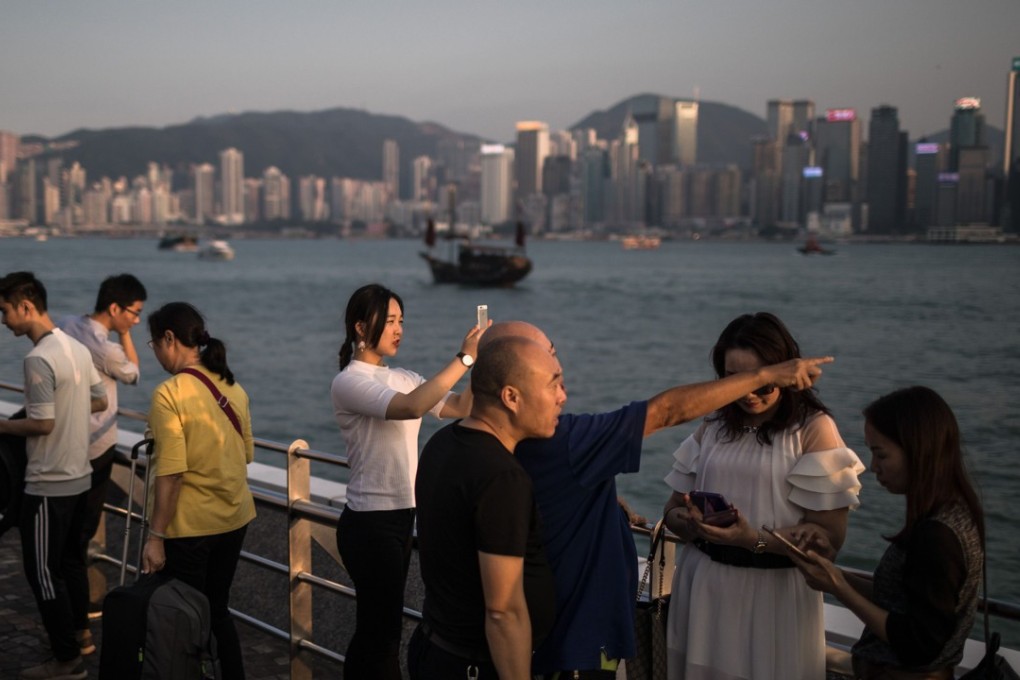How to stay competitive when everything can be copied
A look at how Hong Kong cast aside its former manufacturing and colonial identity and turned itself into a financial and logistics hub for the region, and other examples of how companies and countries similarly reinvented themselves

Achieving a sustainable competitive position is every manager’s dream. Outlasting competition is difficult, and doing so over decades or centuries often seems impossible.
Since the great Industrial Revolution, every country that has become rich started by copying others: the French copied the British, the Americans copied the Germans, and the Japanese copied pretty much everybody else.
I remember my junior school teachers describing the Hong Kong economy as an “entrepôt,” a term the British applied to my city when it served as the only window between China and the rest of the world.
With its low labour costs, Hong Kong rose up as a major manufacturing hub for labour-intensive industries. The once-sleepy fishing village became “the Pearl of the East”– a shining example of economic development.
By 1972, Hong Kong had replaced Japan as the world’s largest toy exporter. Garment and apparel manufacturing also helping to form our economic backbone.
But in the early 1980s, Hong Kong’s manufacturing cluster started collapsing. Factories were moved to mainland China and, with them, manufacturing jobs. First, they moved across the border to Shenzhen, then to Guangdong Province, and then to the rest of country. Unemployment in Hong Kong soared, crushing the optimism that had characterised its residents for so many years.
